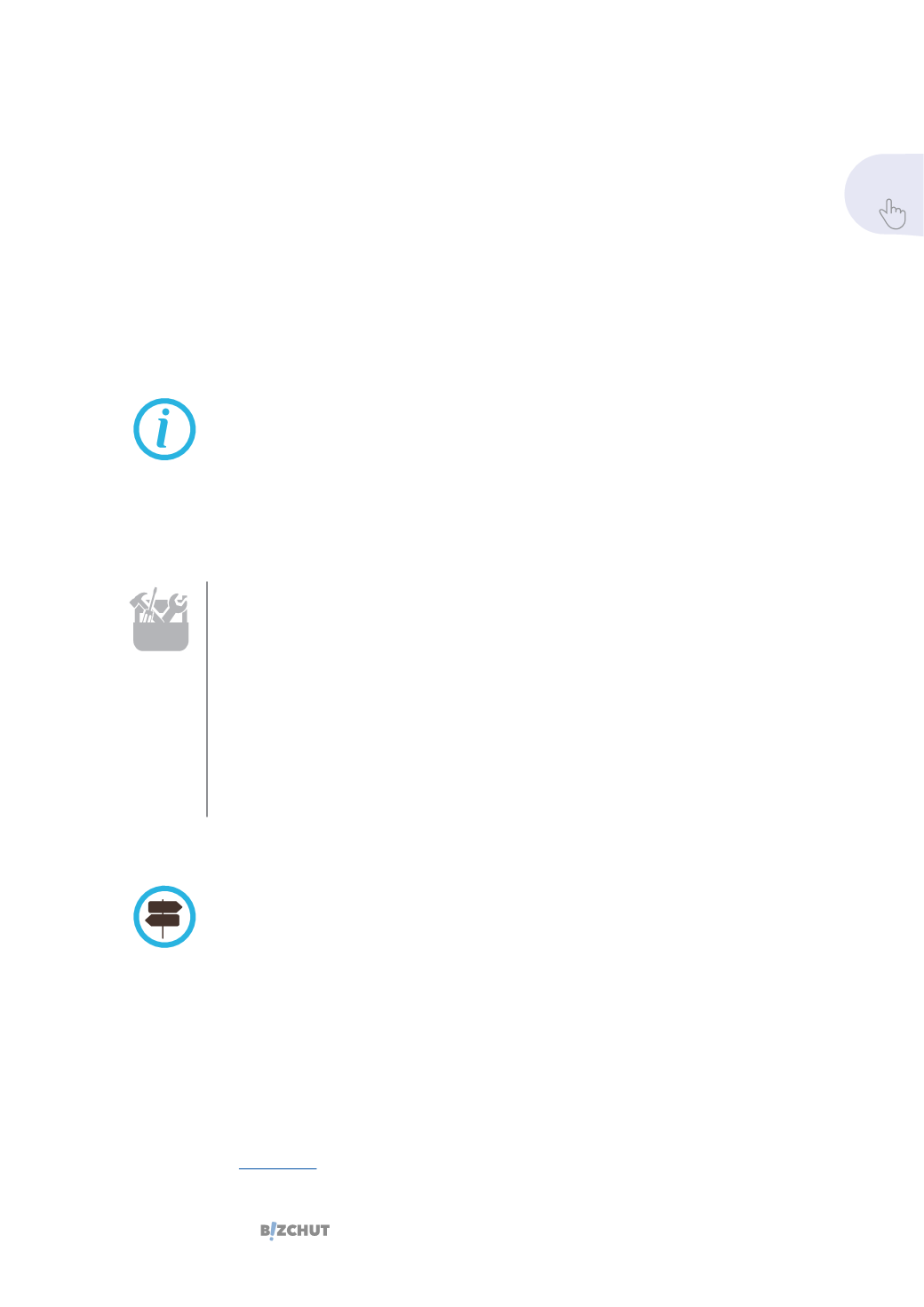

20
Supported Decision-Making Service for Persons with Disabilities | Service Model
The Human Rights Center for People with Disabilitis
Using existing models in a bid to identify the will:
The PATH (Planning Alternative Tomorrows with Hope) model assists a person to identify their
wishes. The model consists of nine stages, focusing on a person's dreams and their transformation
into achievable goals and it is mainly aimed at persons with intellectual disabilities. Another model,
known as MAPS (Making Action Plans), was developed in the context of children with special
needs but is also applicable to adults. The model is aimed at assisting a person to build a personal life
story and to identify their wishes based on their life story, dreams and aspirations, fears, significant
past choices, preferences, strengths and skills, resources available to the person, etc.
B. Information
Once the person's basic wishes are identified, updated and relevant information should
be gathered concerning the available options, enabling them to weigh the advantages
and disadvantages of each option towards making a specific decision. The supporter
does not have to be a content expert and should not provide the information to the person, but
rather help them access and understand it.
Practical tools:
• Rely on the supported person's knowledge.
• Suggest sources that can provide information.
• Hold joint meetings or conversations with professionals, service providers, experts,
and (obviously) family members and friends.
• Explore ways to overcome internal impediments (language, communication difficulties)
and external obstacles (bureaucracy) to accessing information.
• Illustrate the information to the person (using a chart, a drawing, other visual aids).
• Simplify and reorganize the information (important and unimportant, more or less
relevant).
• Synchronize information obtained from different sources.
C. Options
A person almost always has more than one option. The decision-making process
consists of identifying the different options and understanding the advantages and
disadvantages of each one of them. This is the core of the support outline and it is its
most sensitive stage, given that biased support can easily highlight the disadvantages of one
option and the advantages of another in order to lead the person towards a certain choice. This is
where the supporter's professionalism and personal ethics come into play: the supporter’s role is
to put themselves aside as much as possible and help the person identify the different options
available to them. Still, there is value in the supporter taking a proactive approach at this stage,
raising additional options which were not considered by the person and pointing out advantages
and disadvantages which had not been taken into account. It is also important to encourage the
person to consult with the people close to them to hear their opinion about the different options.
At this point the supporter may face the dilemma of whether to share their personal position with
the person (see
Schedule Afor discussion of the ethical dilemmas that came up during the pilot).
Back to Contents















